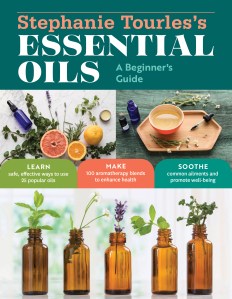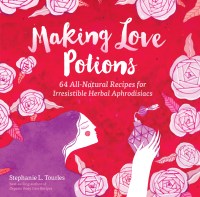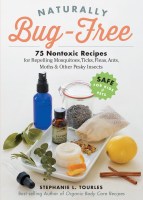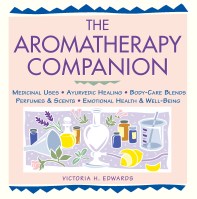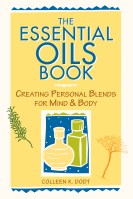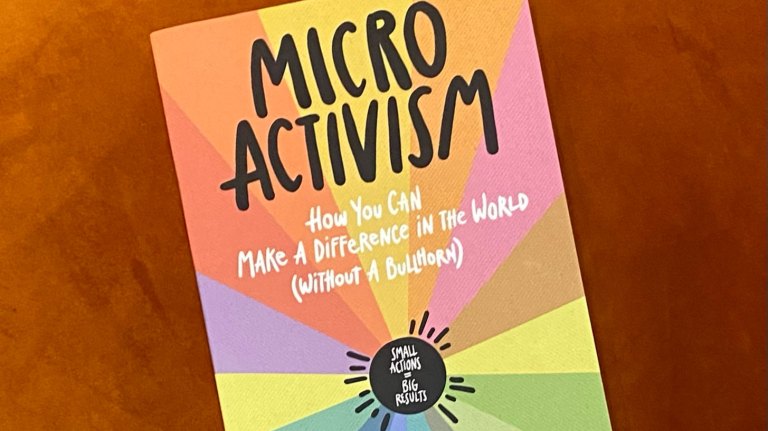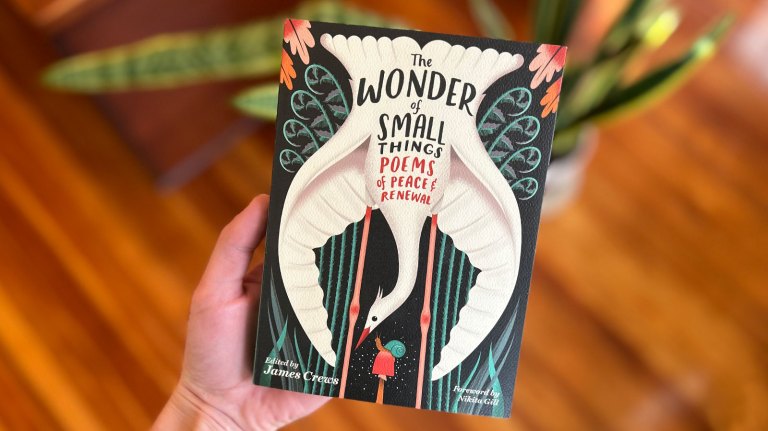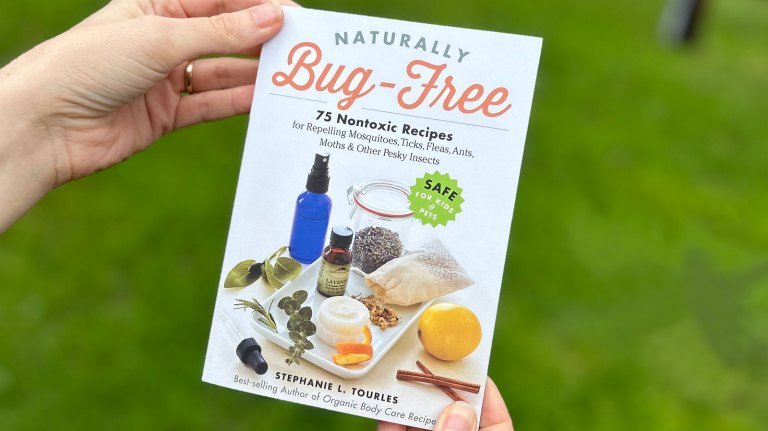The Five Most Popular Essential Oils — and Why You Need Them
Stephanie L. Tourles shares her picks for the five essential oils everyone should have on hand, and advice on how to use them.
If you tend to follow healthy lifestyle habits, then you’ve probably at least heard about essential oils. Perhaps you already use them. But do you really know what they are?
In a nutshell, essential oils are volatile (meaning they evaporate easily due to their molecular makeup), intensely aromatic, highly concentrated, organic liquid compounds soluble in oil or 190-proof pure ethyl alcohol, but not in water. They are derived primarily through steam distillation or cold-pressing various plant parts such as leaves, needles, flowers, resins, roots, grasses, berries, wood, and citrus peels. Essential oils give plants their distinctive smells and tastes, and they play a vital role in plant biochemistry, attracting pollinators, and helping plants maintain their health on many fronts.
These botanical jewels offer myriad benefits for humans as well. Often sought by those who desire natural, safe alternatives to the synthetic chemicals that have invaded our lives and homes in the names of cleanliness and health, essential oils have become incredibly popular and their applications more widespread than ever. Essential oils are conveniently packaged in tiny bottles and easy to use in the comfort of your own space. Top-quality, therapeutic-grade oils can elevate and sustain the health of your mind, body, and spirit.
Essential Oil Favorites
With so many different kinds of essential oils on the market, have you ever wondered which are the most popular? Over the two decades since I began working with these amazing aromatics, that question has crossed my mind many times. So, last year I did a bit of research and the results came as no surprise, as the oils topping the list for 2017 (in the U.S.) are some of the most affordable, versatile, and aromatically pleasing. In my opinion, this handful of extremely useful oils should be in every natural medicine cabinet and home care kit. When I describe some of their impressive properties and common uses, you’ll understand why they rank in the top five.
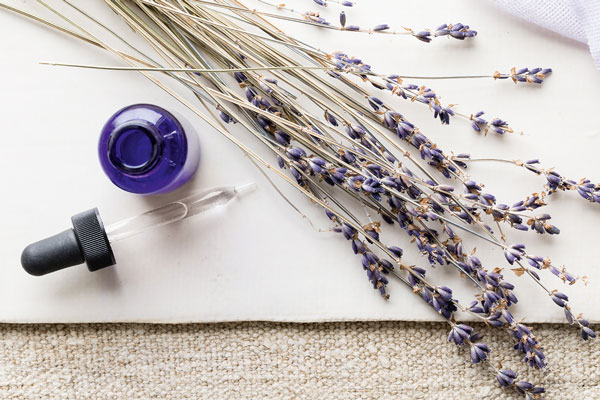
Lavender (Lavandula angustifolia)
With its softly sweet, herbaceous, floral aroma and woody-green undertone, this is my absolute favorite essential oil. It is a complete medicine chest unto itself, and so safe and gentle that it may be used “neat” or undiluted if applied to small areas of the skin. Lavender is extremely calming, soothing, and cooling. It is a sedative, as well as strongly anti-inflammatory and antibacterial. It is a skin cell regenerator and wound healer bar none, and a valuable insect repellent. Personally, I use it for treating minor to moderate burns, sunburn, cuts and scrapes, insect bites and stings, rashes, muscles aches, muscle cramps and spasms, blemishes, respiratory congestion, bruises, tension headaches, cold/flu symptoms, nervousness and anxiety, and insomnia. If you can afford only one oil, make it lavender. It lends aid and comfort to practically every ailment and condition, physical and emotional!
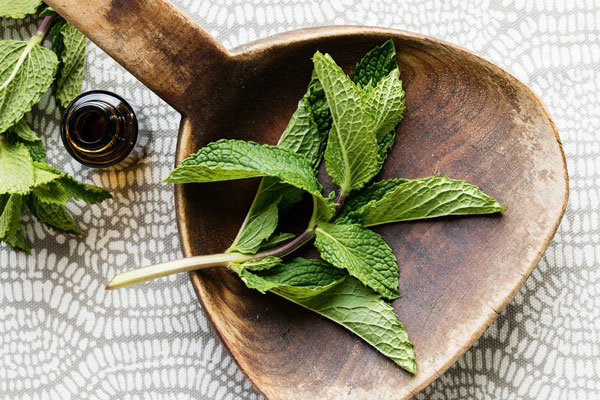
Peppermint (Mentha piperita)
The sharp “pop” of peppermint is unmistakable, with its ultra-fresh, clean, highly penetrating, and sometimes grassy-minty-sweet aroma. Peppermint helps open respiratory channels, making it excellent for sinus and lung congestion. It’s one of my favorite remedies for bad breath, indigestion, motion sickness, nausea, mental fogginess, and lethargy. The cooling, astringent action quickly relieves hot flashes, tension headaches and migraines, cramped muscles, stressed ligaments and tendons, the inflammation of rheumatoid arthritis and gout, and fatigued, swollen legs and feet. Energizing and refreshing, peppermint works as a circulatory and cognitive stimulant. It has analgesic, antibacterial, and antispasmodic as well as deodorizing properties. It is a valuable insect repellent and parasiticide useful in combating scabies, lice, and ringworm.
Contraindications: Avoid if pregnant or breastfeeding. Do not use on or near the face of babies and young children. Peppermint essential oil is not compatible with homeopathic treatment.
Lemon (Citrus limon)
I’ve had a longtime love affair with lemon essential oil. The familiar bright, fresh, cleansing citrus scent just gets my energy going and lifts my mood. Delightfully refreshing and invigorating, lemon promotes a sunny disposition! Due to its astringent and diuretic action, it is a common ingredient in formulas used to treat edema, cellulite, and bruises, as well as oily and acneic skin. Its strong antibacterial and antiviral properties help prevent or combat infections resulting from colds and flu, and it aids in healing all manner of skin ailments, from minor cuts, scrapes, and insect bites to warts, boils, and ulcers. Lemon essential oil is also considered an antidepressant; a most effective deodorant; and a tonic for the circulatory system, helping to improve sluggish blood and lymphatic flow.
Contraindications: A potential skin irritant; it may cause photosensitivity to skin exposed to sunlight and/or tanning beds within 12 hours of use.
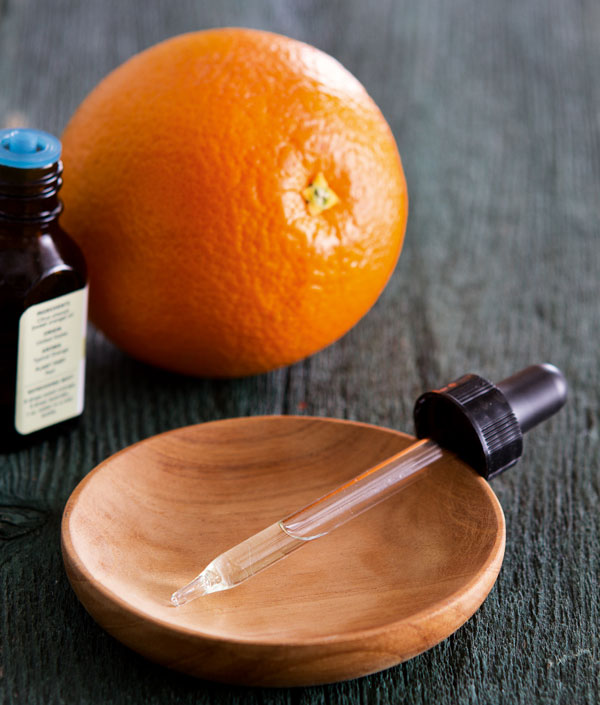
Sweet Orange (Citrus sinensis)
Familiar, bright, rich, sweet, citrusy, and zesty, derived from one of the oldest cultivated fruits in the world, sweet orange essential oil is considered a cheerful oil. It lifts the spirits, reduces anxiety, irritability, restless, and nervous tension, eases depression, and instills a sense of joyfulness. Depending on the individual using the oil, it can be either relaxing or gently energizing. For most children, it acts as an aromatically pleasing sedative for the nervous system. Astringent and toning, orange oil is most beneficial for oily skin or scalp, congested skin (cystic acne or breasts), and cellulite. It improves the sluggish or stagnant flow of sebum (oil) and lymph within the body. For thousands of years, the oil has offered valuable protection against both bacterial and fungal infections. Gently warming and soothing, it is useful in times of stress. It makes a fabulous flavoring for toothpastes and lip balms. It is deodorizing, cleansing, carminative, and digestive.
Contraindications: Generally nonsensitizing, with only a low risk of photosensitivity.
Tea Tree (Melalauca alternifolia)
Tea tree essential oil is the one member of this group of five that is not aromatically pleasing; its scent is strong, fresh, cooling, energizing, and medicinal with hints of turpentine. However, if this bothers you, the unpleasantness can be muted by blending it in formulas with lavender or lemon essential oils, both of which have complimentary properties. The tea tree is considered “nature’s first aid tree,” and its essential oil is unique in that it is highly effective against all three varieties of infectious organisms: viruses, bacteria, and fungi. As a potent immune stimulant, it also increases the body’s ability to respond when threatened by any of these organisms. Like lavender, it is one of the few oils that can be used “neat” or undiluted, so it is a convenient spot treatment for herpes lesions, acne blemishes, insect bites and stings, warts, corns, athlete’s foot, fungal nails, cuts and scrapes, boils, skin ulcers, localized rashes, burns, toothache, and puncture wounds. Tea tree is gentle to the skin and amazingly effective against a wide range of ailments, especially infections of the skin, respiratory tract, and mouth. It combats lice, scabies, and ringworm.
Contraindications: Potentially sensitizing in some individuals if used undiluted, but generally non-irritating.
Now, after reading this, don’t you want to stock up? Using essential oils therapeutically is one of the best ways to improve and enhance your health, well-being, and personal environment. The aromatic realm is full of wonders, possibilities, healing, and joy!
Text © Stephanie L. Tourles.
